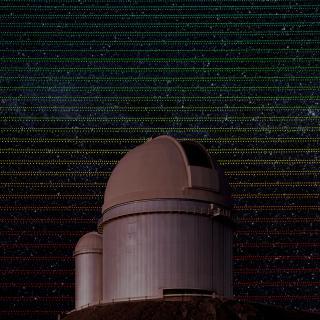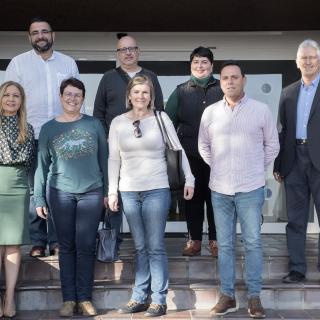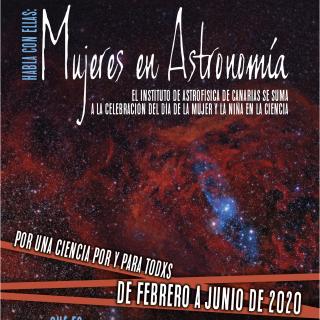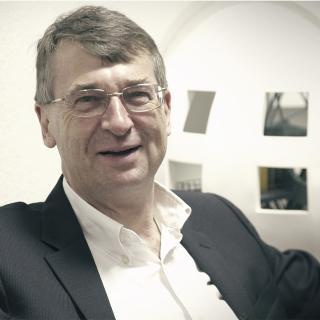
A scientific team, led by the Max Planck Institute for Quantum Optics, with participation from the Instituto de Astrofísica de Canarias, confirms the high degree of precision of the new calibration system known as a “laser frequency comb” which could be the key to the detection of planets like the Earth. The study is published in the journal Nature Astronomy.
Advertised on



![Oxygen-to-iron abundance ratios [O/Fe] vs. metallicity [Fe/H] of the iron-poor star J0815+4729 (large star symbol) compared with literature measurements. 1D-LTE oxygen-to-iron abundance ratios [O/Fe] vs. metallicity [Fe/H] of the iron-poor star J0815+4729 (large star symbol) compared with literature measurements from the [O I] forbidden line (diamonds), the near-IR O I triplet (circles), and the near-UV OH lines (squares). The two triangles at [Fe/H] ∼ −3.6 correspond to the oxygen measurement from OH lines in the metal-poor binary stars CS 22876–032 AB (González Hernández et al. 2008).](/sites/default/files/styles/crop_square_2_2_to_320px/public/images/news/figuraoxygenJ0815_f.png?h=063d2993&itok=TRrz9Jk_)
